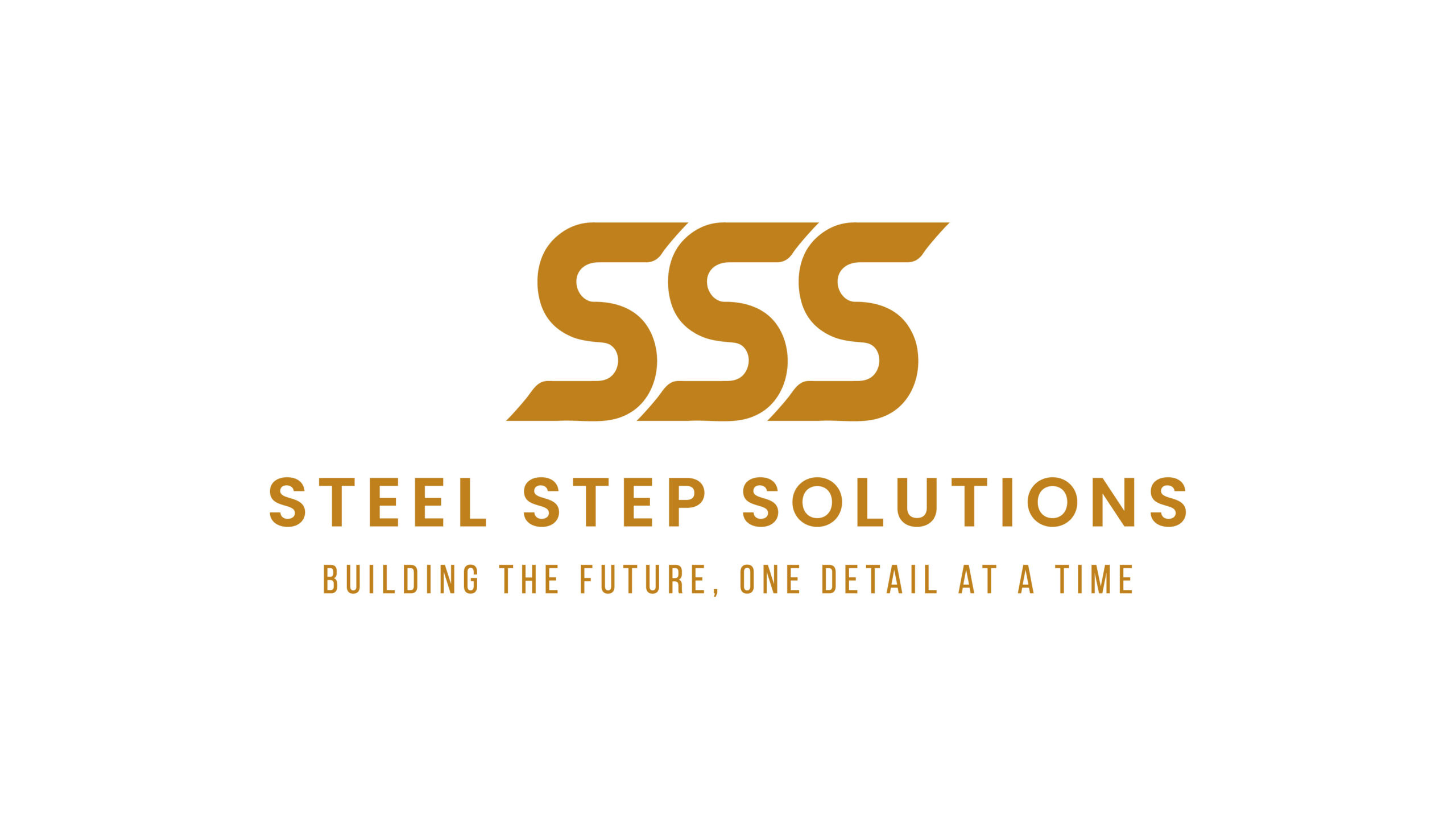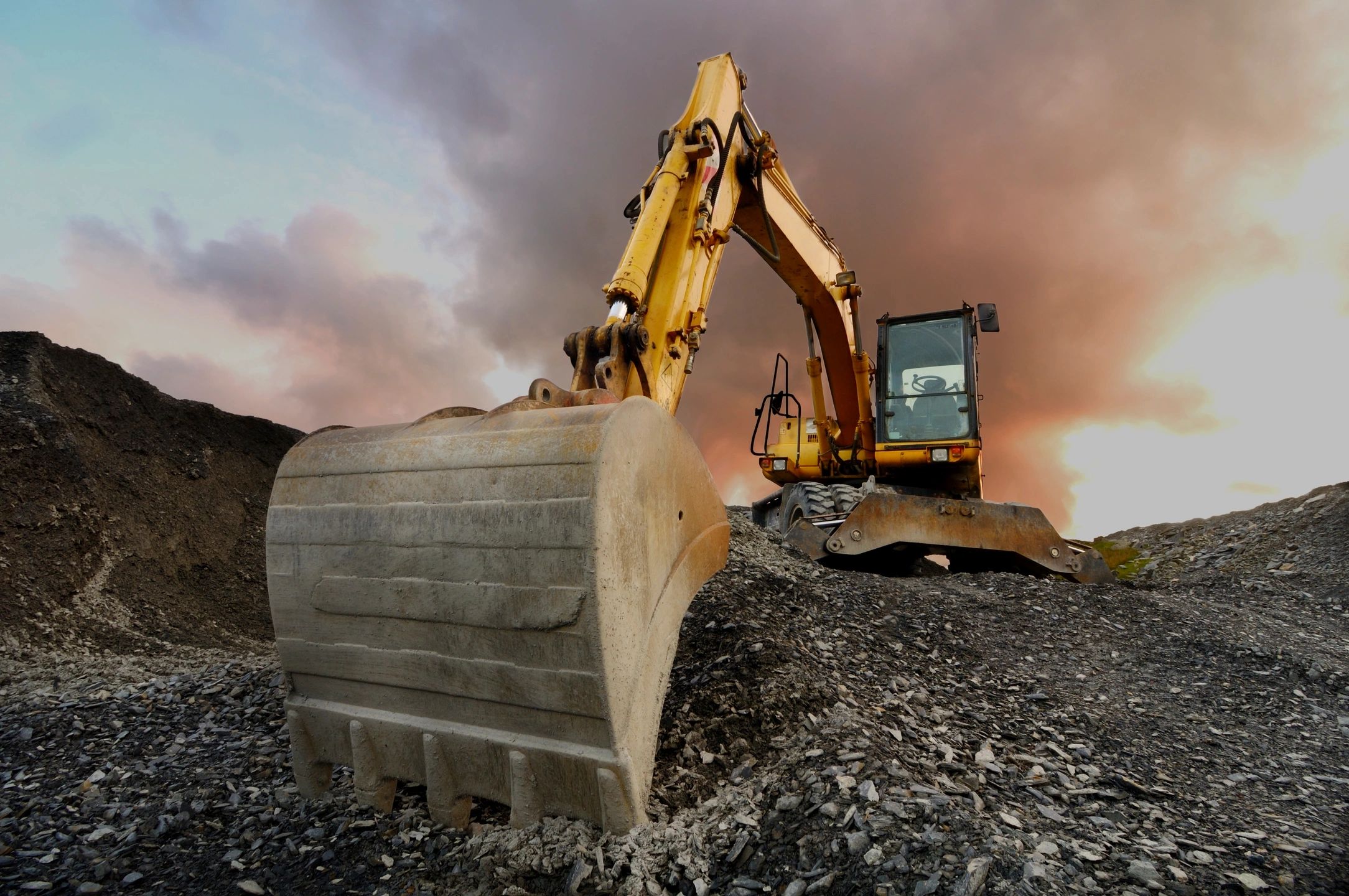The Use of BIM in Enabling Structural Steel Fabrication and Design
The construction industry is transforming electronically, and Building Information Modeling (BIM) leads the way. With global expenditure on construction predicted to reach $14.4 trillion by 2030, companies are now adopting BIM for improved design, cost savings, and structural steel design and fabrication efficiency. The intersection of BIM with the AI, digital twins, and automation is increasing the level of accuracy, sustainability and collaboration in the steel industry.
BIM for Structural Steel: A Game Changer
In the past, steel design was carried out using 2D drawings and manual coordination, and this resulted in inefficiencies and mistakes. BIM reverses this by developing 3D parametric models that aggregate data from all stakeholders—architects, engineers, fabricators, and contractors—into a seamless workflow.
Major Benefits of BIM in Steel Design:
- Enhanced Accuracy: Recovers 25-30% of steel detailing mistakes, lowering the quantity of costly rework.
- Enhanced Coordination: Cloud BIM software like Autodesk Revit and Tekla Structures allow instant updates, and all work from the most recent information.
- Clash Detection & Risk Avoidance: Identifies clashes between electrical, HVAC, and steel framing prior to fabrication, resulting in 35-50% fewer change orders.
Computerized Steel Fabrication with BIM
BIM goes beyond design to directly affect steel fabrication, boosting productivity and reducing waste.
How BIM Enhances Fabrication
- Smooth CNC Integration: BIM models generate information that can directly be fed into computerized cutting, welding, and drilling equipment.
- Less Material Waste: Material quantities are accurately estimated, reducing excess material, and saving 20-30% of material waste.
- Shorter Cycle Times: BIM digital fabrication reduces shop drawing time by 40-50%, minimizing project periods.
Case Study:
The NYC Hudson Yards Project used BIM during the production of steel, producing 22% less waste steel and $20 million in labor and material cost savings.
Digital Twin Technology: Lifecycle Management Using BIM
A digital twin is a minute-by-minute virtual replica of a building that is being constructed by integrating live sensor information with BIM models. Steel structural digital twins enable:
- Real-time Structural Monitoring: IoT sensors monitor stress due to loads, corrosion, and temperature variations.
- Predictive Maintenance: Artificial intelligence-based predictive analysis forecasts future failures, minimizing maintenance costs by 30-40%.
- Extended Asset Life: Optimization of structural life through efficient schedules lowers total cost of ownership.
Example:
Heathrow airport expansion in London utilized BIM-led digital twins to confirm steel frame integrity and reduced unplanned repairs by 25%.
Sustainability and BIM: Reducing the Carbon Footprint of Steel
The steel industry contributes 7-9% of CO₂ emissions worldwide. BIM is essential for sustainable steel building:
- Maximum Utilization of Steel: BIM models developed with AI save 15-25% material wastage, which reduces embodied carbon.
- Carbon Analysis Throughout the Project’s Lifecycle: BIM has features such as One Click LCA to calculate and reduce the carbon impact of a project.
- Recyclability & Circular Construction: BIM allows tracing of material sources and easy decommissioning and reuse of steel components.
Case Study:
Skanska London Headquarters utilized BIM-based material optimization to reduce 18% of steel fabrication CO₂ emissions.
Key Takeaway for Industry Players
Adoption of BIM to structural steel translates to:
- Lowering the cost of projects through automation and material efficiencies.
- Lowering fabrication defects and rework, time, and money savings.
- Greater efforts towards sustainability using carbon footprint minimization.
- Greater collaboration among worldwide project teams.
With BIM revolutionizing the future of steel structural design and fabrication, companies who leverage its maximum potential will reign supreme in the market with efficiency, innovation, and sustainability. The future of steel construction is digital, and now is the time to get with BIM.


